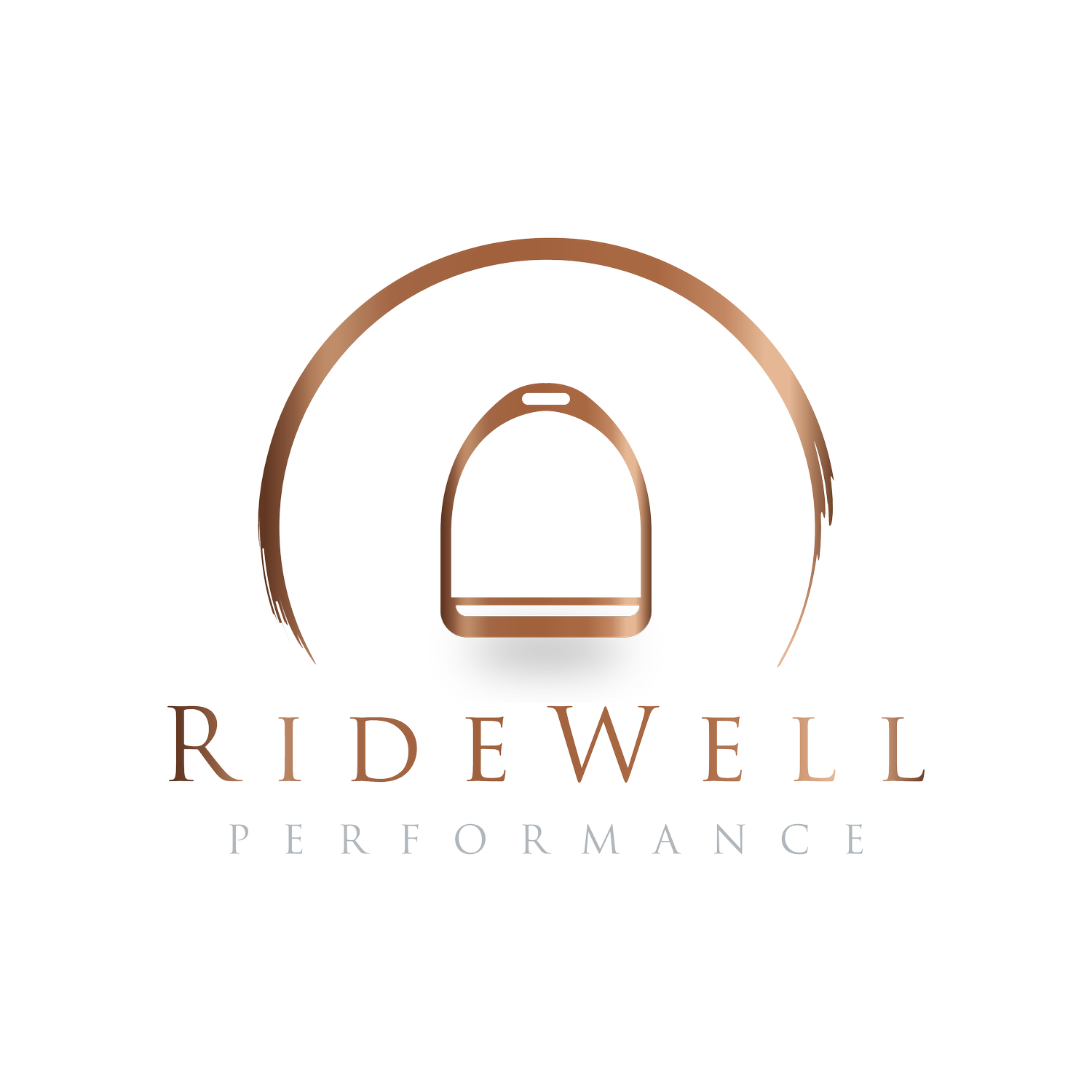Can you do the bend you want your horse to do?
Regardless of what discipline or what goals you have as a rider, one of the most common things to hear is the chronic tale of horse’s falling in or dropping their shoulder during turns. We know this can make all the d
ifference between a clear round or faster jump off, or percentage points in the dressage ring. It of course also is a big deal when it comes to longevity in our horse’s soundness and balance over all. What can we do as riders to ensure that our horse is set up well to keep his front end light and use the hind end as designed? First off, achieving engagement in the foot, core stability and a stable leg position is necessary. On top of this the hip angle needs to be adjustable, which will come easily once appropriate core engagement is in place. I’ll write about these more in other posts. For today, I want to discuss thoracic spine mobility, and how an engaged and stable posture paired with rotational mobility in our mid-upper spines is imperative to our horse’s being able to turn and bend with balance and lightness. As humans we lose mobility in various parts of our body for one reason. Lack of stability elsewhere. The ribcage (thoracic spine) is often limited in how it can rotate due to lower back and pelvic instability (this relates to core function too), and instabilities in the shoulders and neck. Because the areas that should be stable are not, the muscles and joints through the upper back compensate to create stability instead. This will mean a forward rolled position in the shoulders and a hunching of the upper back (over time, this can become a dowager’s hump, which I don’t think is anyone’s old age goal). As the ribcage compensates into flexion to “protect” our postures, it has to limit its range of motion in rotation. All of a sudden looking where we are going in the saddle becomes significantly harder, and this often aligns with side to side imbalances our horse has. For example: lets say your horse has a hard time bending in a balanced way to the right rein, and will most often become heavy or drop the right shoulder to compensate. Often breaking alignment in his neck to do so (because, newsflash, if your ribcage mobility is off.. so is your horses… a true bend isn’t easy if you have no mobility through your mid body!). Chances are if I ask the rider of this horse to turn their chest via rotation (meaning.. keeping the hips in the same position, moving through their spine) they won’t be able to achieve this without closing their hip angle, letting their leg slide back, and falling forwards themself. Like rider, like horse. Now put this into context of a functional activity like riding around a jump course (could also apply to reining, barrels or any skill in riding that requires us to turn and balance). You’re riding around a turn and your horse has to stiffen and lean on your hand to get the job done. As above- often riders will brace their bodies into a turn to compensate for lack of appropriate stability : mobility in their bodies to control graviity’s pull. IF a rider is stabilized appropriately and we repeat this turn, having the rider lift away from the turn and rotate towards the desired direction, their horse can be asked to engage with his hind end and core too- meaning 99.9% a more balanced and functional turn. As above, so below. One exercise i’ve been having riders try on the horse lately both as a test and a challenge is steering from the chest. I do this typically only with riders that have worked through other compensation challenges already, but it can be fun test for riders I am just beginning with too. From either a full seat or a half seat position the rider brings their inside hand behind their head, and moving around a 10-15metre circle steers exclusively from their chest via (hopefully) rotating through their ribcage and using their eyes around the circle. The chest should be opening at least half a circle ahead of them. If everything else is in place stability wise, this rotation with cause a subtle increase in pressure through the thighs on the horse which is enough to influence how they are using their rib cage to bend and turn, and, if both rider and horse are balanced on the center of gravity- this subtle rotation will also encourage them to open shoulders and hind end into appropriate engagement. Cue balanced turns. How to know if you’re limited in your rotation? Try this: Sit in a chair with feet planted at about 90deg ahead of you. Keep feet still and hips rooted with hands behind head (or behind back) rotate towards one side, then the other. Can you get past at least 45degrees each direction? Which side is tighther? It’s quite normal to have one side that is restricted, but a normal restriction is much different than significantly being limited one direction vs the next. If you do find a restriction (which I’m sure 80% of you will!), begin working some thoracic mobility into your life.

